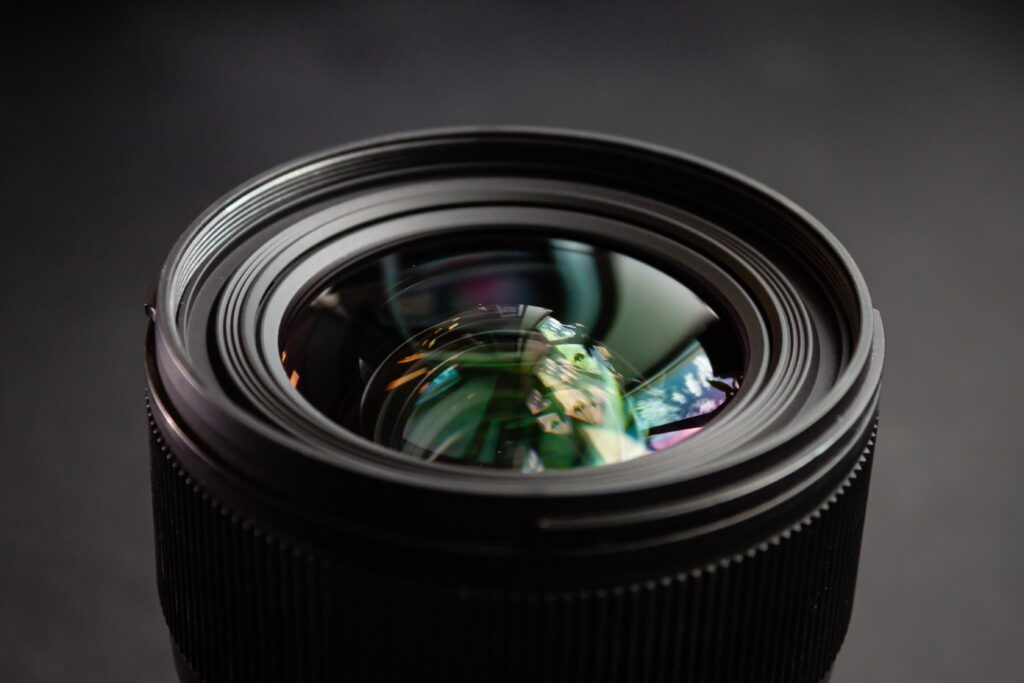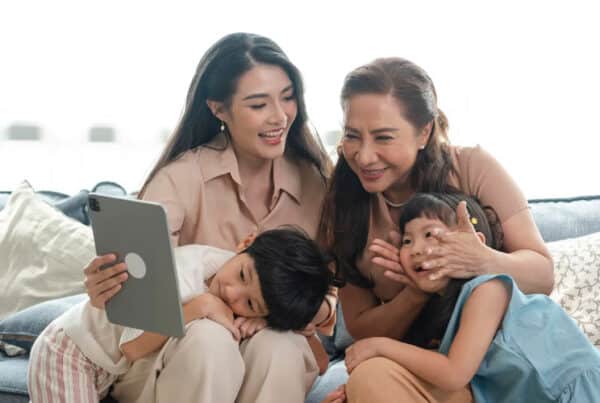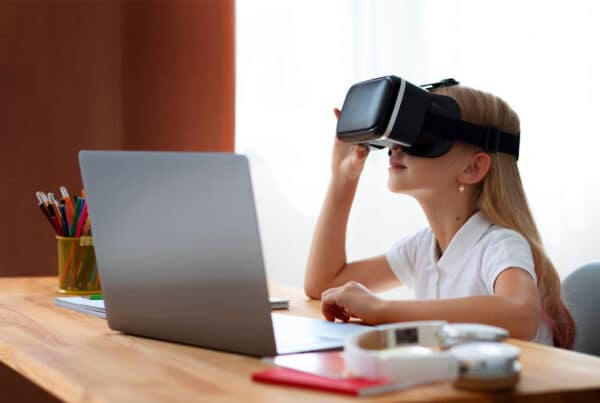
Introduction to Virtual Tours and the Role of Camera Lenses
Hey there! Let’s explore the captivating world of virtual tours and discover how the right camera lens can elevate these experiences to a whole new level. Virtual tours, especially 360-degree ones, have become a powerful tool in various fields like real estate, travel, and museums. They offer viewers an immersive experience, allowing them to explore spaces from the comfort of their own homes. But to create these seamless and engaging tours, high-quality lenses are crucial. They capture the expansive views and intricate details that make virtual tours truly mesmerizing.
Key Features of Lenses for Virtual Tours
When it comes to choosing lenses for virtual tours, several key features can make a significant difference in the quality of your images.
Wide-Angle Lenses
Wide-angle lenses are essential for capturing expansive views, making them a staple in virtual tour photography. For full-frame cameras, lenses with focal lengths between 8mm and 16mm are ideal, while crop sensors require equivalent focal lengths. These lenses provide the necessary coverage for 360-degree tours, ensuring that no detail is missed.
Fisheye Lenses
Fisheye lenses are often used in 360-degree cameras due to their ultra-wide field of view. They capture wide scenes in a single shot, making them popular for virtual tours. The ability to ensure smooth image stitching across the tour is a major advantage, as it creates a seamless viewing experience.
Sharpness and Distortion Control
For virtual tours, sharpness and distortion control are paramount. Lenses with minimal distortion and high resolution ensure crisp, clear images that enhance the virtual experience. Look for lenses with aspherical elements, which help reduce distortion and maintain image quality across the frame.
Top Camera Lenses for Virtual Tours
Here are some top camera lenses that are perfect for creating stunning virtual tours:
Canon RF 15-35mm f/2.8L IS USM
Known for its sharpness, low distortion, and excellent image stabilization, the Canon RF 15-35mm f/2.8L IS USM is a fantastic choice for real estate and architectural photography. Its versatility and performance make it ideal for capturing detailed and expansive views.
Nikon Z 14-24mm f/2.8 S
The Nikon Z 14-24mm f/2.8 S lens provides exceptional clarity, particularly for large, expansive spaces in virtual tours. It’s favored for its edge-to-edge sharpness, ensuring that every detail is captured with precision.
Sigma 8mm f/3.5 Fisheye
For those on a budget, the Sigma 8mm f/3.5 Fisheye lens is a great option. It’s perfect for capturing wide, immersive scenes and is particularly useful with cameras that offer full 360-degree views. Despite its affordability, it doesn’t compromise on quality.
Insta360 ONE X2 Lens
The Insta360 ONE X2 is a camera designed specifically for virtual tours, featuring a high-quality fisheye lens built for ease of use. Its built-in stabilization ensures smooth and immersive 360-degree video and imagery, making it a popular choice for virtual tour creators.
Additional Considerations for Lenses
When selecting lenses for virtual tours, there are a few additional considerations to keep in mind:
Aperture
A wide aperture (f/2.8 or lower) is beneficial for capturing clear images in low light, which is essential for indoor or evening virtual tours. It allows more light to enter the lens, resulting in brighter and more detailed images.
Compatibility with 360 Cameras
Some lenses are specifically designed to work with 360-degree cameras, ensuring clean stitching without overlap or visible seams. Compatibility is key to achieving a seamless virtual tour experience.
How to Enhance Virtual Tours with Lenses
To get the most out of your lenses, consider these tips for enhancing virtual tours:
Tripods and Mounts
Using stable mounts like tripods or monopods helps prevent motion blur and ensures consistent image quality. Stability is crucial for capturing sharp and clear images, especially in dynamic environments.
Stitching Software
Even with the best lenses, stitching software is essential for merging images seamlessly. Programs like PTGui help create a continuous 360-degree view, enhancing the overall quality of the virtual tour.
Best Practices for Shooting with Camera Lenses
Here are some best practices to keep in mind when shooting virtual tours:
Proper Alignment and Planning
Ensure proper alignment and planning for 360-degree coverage. This involves carefully positioning the camera and lens to capture the entire scene without missing any details.
Managing Lighting Conditions
Managing lighting conditions is crucial for achieving high-quality images. Using HDR techniques in low-light settings can help balance exposure and capture details in both shadows and highlights.
Using Image Stabilization
Image stabilization is important for reducing hand-held shake, especially in dynamic environments. It ensures that images remain sharp and clear, even when shooting on the move.
Conclusion
Choosing the right lenses for your virtual tours is essential for creating stunning and immersive experiences. Whether you’re capturing static or moving subjects, investing in high-quality lenses enhances the realism and immersion of your tours. With the right equipment and techniques, you can create virtual tours that captivate and engage viewers, transporting them to new and exciting places. So, if you’re looking to elevate your virtual tour game, consider these lenses and tips to make your tours truly unforgettable.




